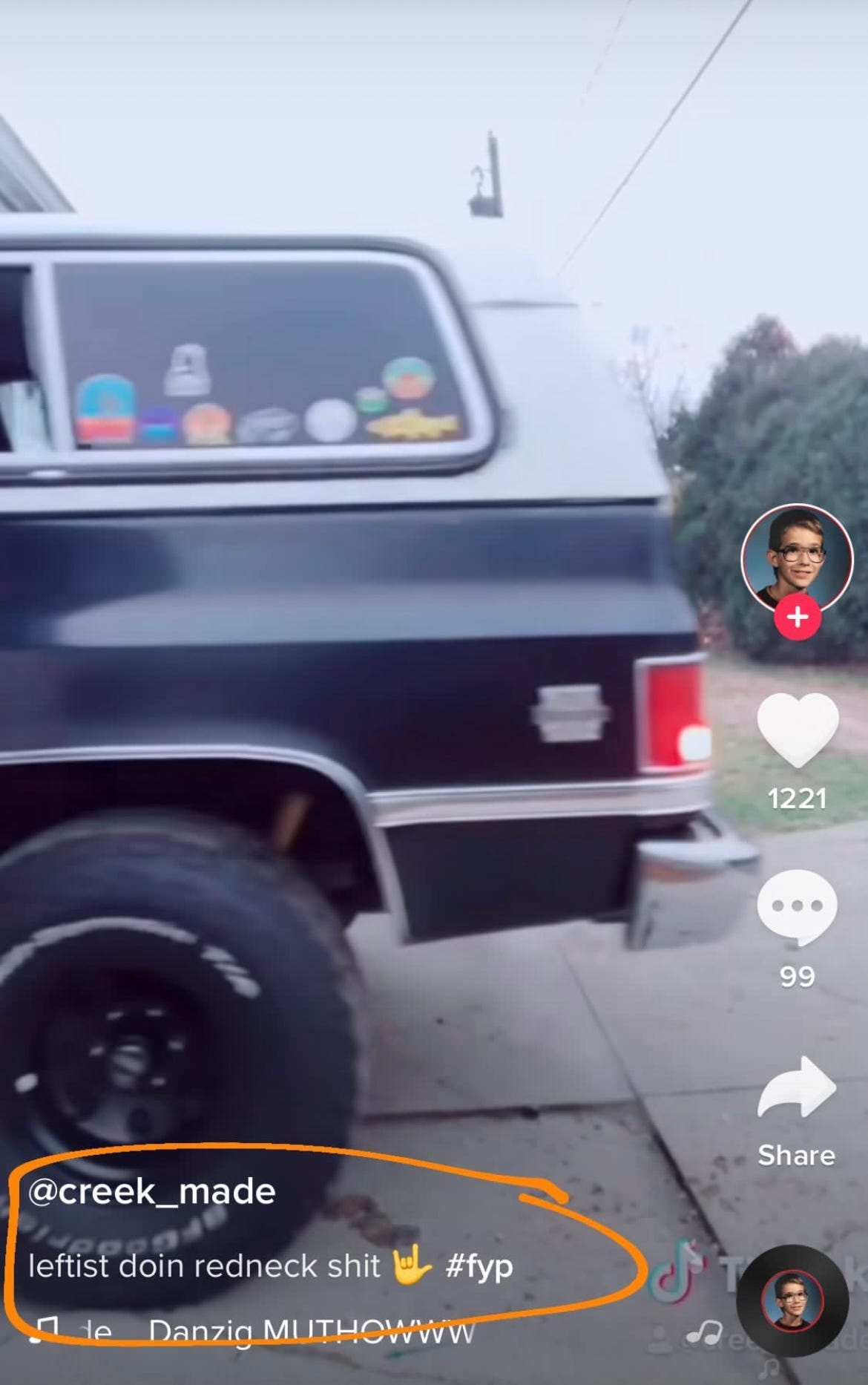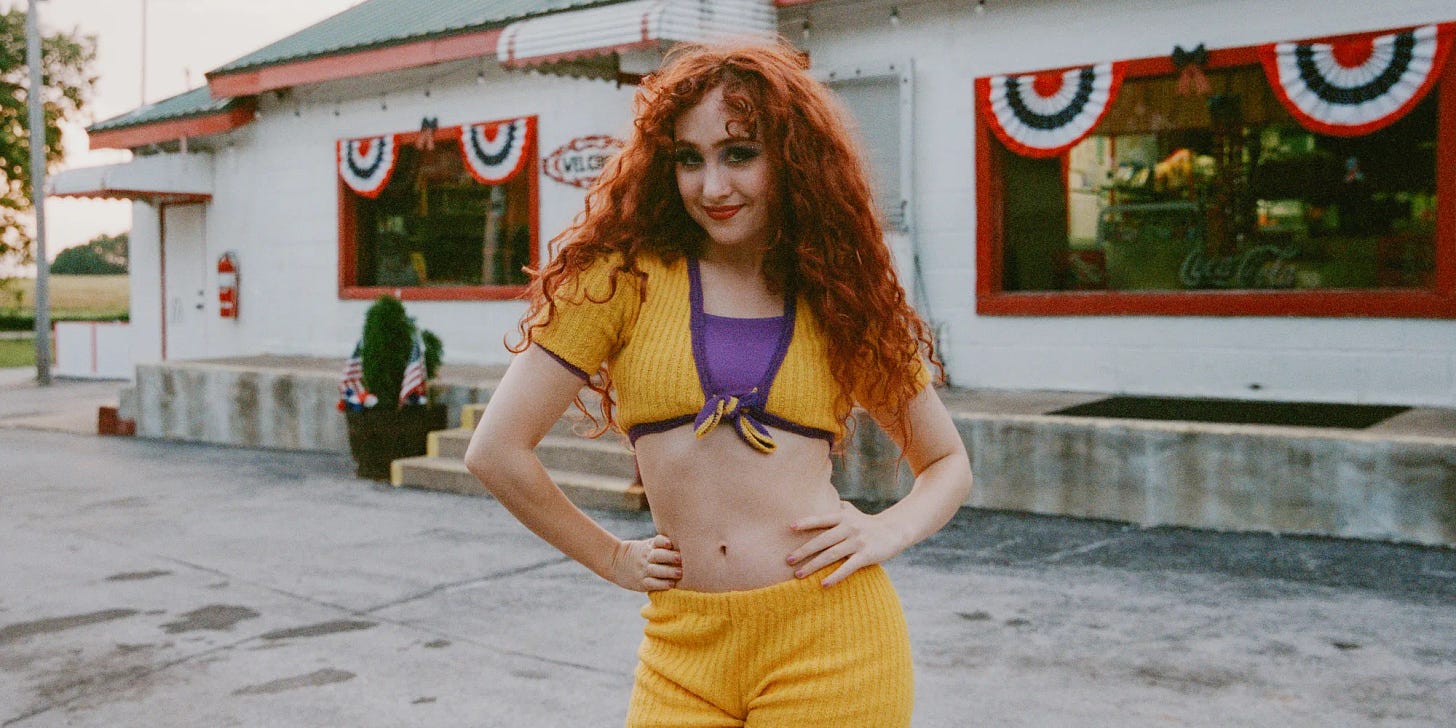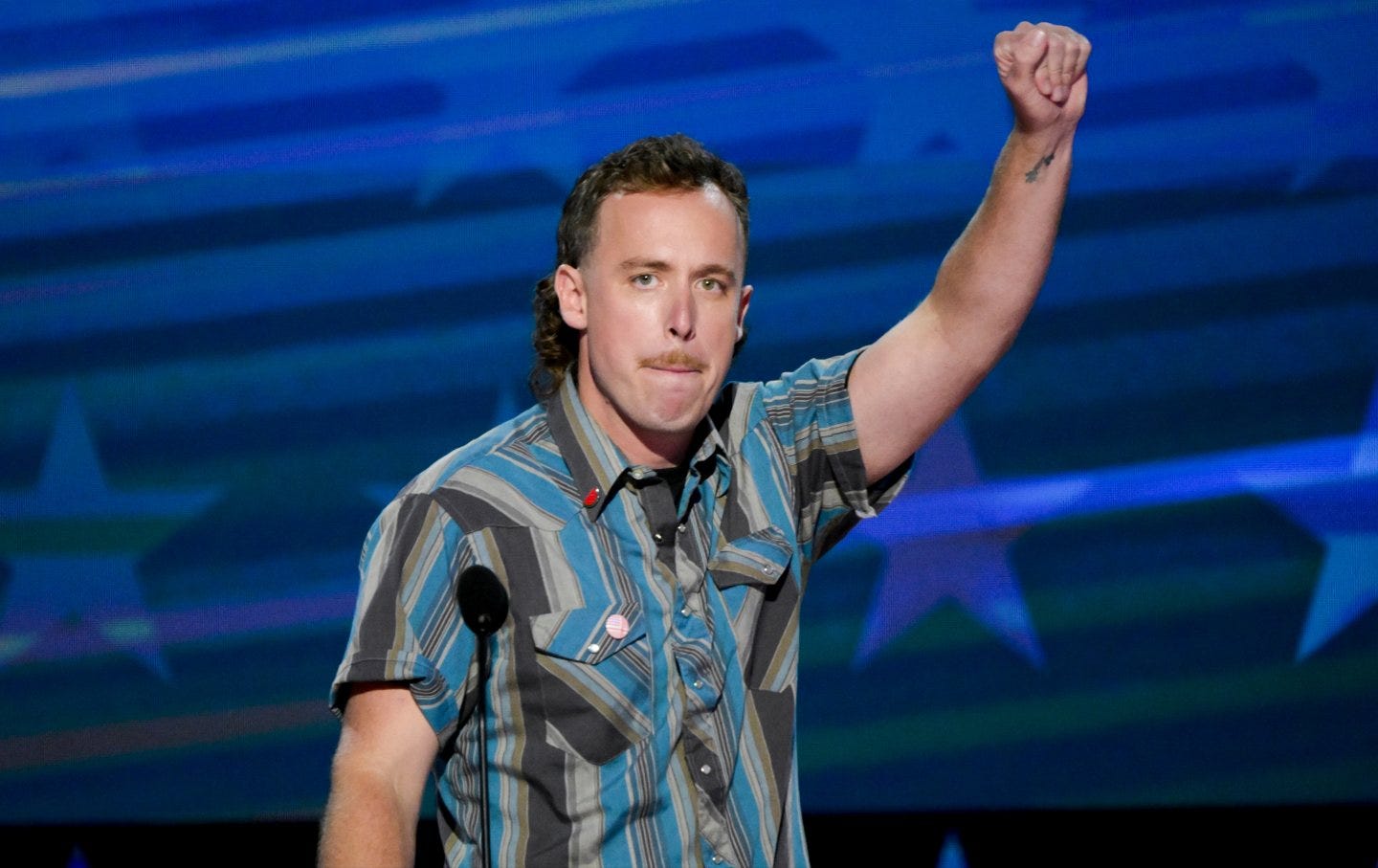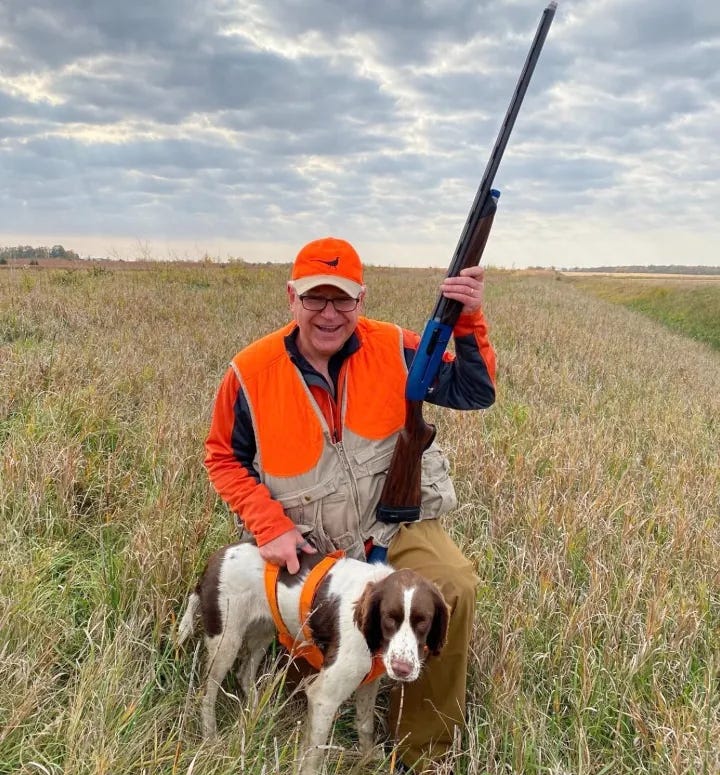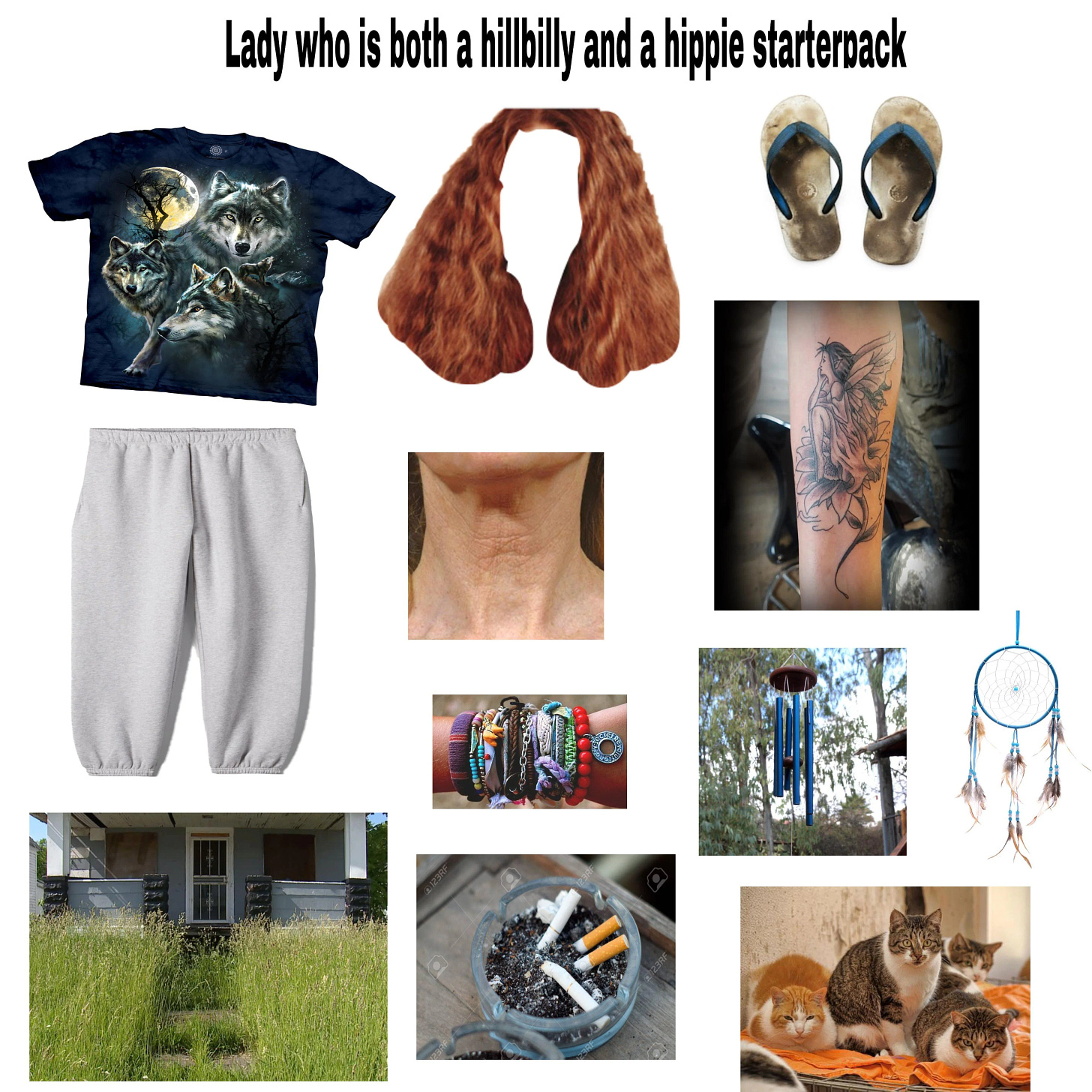Dear Readers, the second half of this post is for paying subscribers only. In the future, it will be necessary for me to make more posts paid. If you want to upgrade your subscription and support my work, you may do so here. Thank you for your readership.
This is a fashion post. Because there’s a new sexual persona on the rise: the rural-coded progressive. In a way, the rural-coded progressive is the flipside to a cage-rattling persona of the past few years: the right-wing downtowner. Whether you like their schtick or not, the girls of the Red Scare podcast did open up a space for creative people with a conservative sensibility. Not that this archetype had never existed before, but they birthed it for our generation. The rural-coded progressive is their mirror opposite: a person who reads aesthetically as country/Midwestern/working class, but whose politics are distinctly left-wing.
First example: Chappell Roan. This 26-year-old singer’s debut album is called “The Rise and Fall of a Midwest Princess.” Raised in Missouri, she has become a huge queer advocate and often looks more like a Farinelli-style castrato than a young woman from the Plains. Undeniably talented, her star has risen this summer after a youth spent on the grind. When asked by Time Magazine what people get wrong about the Midwest, she replied, “There’s a lot of value in the culture and fashion and music that maybe a lot of like, ‘the fashion world’ would not deem as valuable. I really love the Midwest, and the fashion of gas stations and I was born in a trailer park and I think, like, that whole aesthetic … you can’t really get it if you’re not from there. Even the teeny, tiny, tiny towns, like, there are gay people everywhere … I think people just think everyone in the Midwest agrees with like a far-right viewpoint, and that’s just not true.”
Second example: John Russell. Russell is a labor journalist and bartender who maintains a Substack called The Holler (tagline: “Class politics for rednecks and hippies”). Replete with mullet and Western-style pearl-snap shirt, he spoke at the DNC in August about the need for economic populism on the left. It’s an admirable venture, but after the Bernie movement was swallowed and weakened by the Democratic Party I personally don’t trust them at all to put working-class interests first.
Third example: The man of the hour, Tim Walz. This is a strange case. It’s fair to say that a persona with his particular constellation of aspects has entranced part of the electorate. Wow, look! He hunts, and also supports gender transition for minors! How novel. I must confess that I have an ominous feeling about him, and about the crass deployment of someone with his cultural signifiers and energy (Football coach! Plaid shirts! Benevolent paternal vibes!) to appeal to long-ago lost Trump voters. How stupid does the DNC think voters are? Wait, don’t answer that. The plethora of marveling, drooling adoration pieces on Walz’s expectation-defying aesthetics has been nothing less than insulting. I highly doubt that sincere, Bible-believing social conservatives who have traditional ideas about gender (Male and female He created them — Genesis 5:2) are going to be fooled by a man in a Carhartt costume.
“Walz is one of the few male politicians who looks normal in the kind of unpretentious clothing many voters prefer to wear themselves,” gushed Derek Guy, that ubiquitous menswear dude. Obama quipped lovingly about the governor’s flannels. The Gray Lady salivated over his “zip-up fleeces, chore coats, sweatshirts, creased jeans and heritage staples” — all this signifies that Walz is seeking “to build trust, one T-shirt at a time.” Girl, please.
An X user classified Walz as an “REI hire.” And it’s hard not to think that this is the ultimate, inclusivist aim of the present-day Democratic Party — to pull everyone, racial minorities and downtrodden wage-earners alike, into a coalition that is corporatist, bellicose, secularist, and pharmaceutical-happy.
Some of Walz’s more admirable policies (free lunch for school children, paid leave for parents) may appeal to economic populists. But in an August post for The Free Press, Bari Weiss succinctly outlined the reasons why religious conservatives, libertarians, and the anti-idpol crowd should be wary of him:
[He’s] as radical as radical progressives come. Here are some policies cited to support that argument: during the pandemic, Walz set up a phone line so Minnesotans could report their neighbors for violating Covid rules. He allowed Minnesota’s health department to ration lifesaving Covid drugs based on race. Walz made Minnesota a “trans refuge state,” signing a law that allows the state to take custody of a child whose parents refuse “gender-affirming care.” He also established a council to implement DEI training in statewide agencies.
I suppose it’s time for me to talk about The Hat. I really, really don’t like this hat. It is, again, ominous. And I’ll tell you why. First, some personal history.
Around the time I left New York, when I was working in the fashion industry, many hipsters had started wearing hunting outfits in Bushwick of all places. This was the cool thing to do. It made you look like an outlaw, a rough rider, a tough guy. Dressing in such a manner was a form of class appropriation, but no one would have thought about it that way. It was simply an affectation of the early-to-mid 2010’s. When I moved upstate, a group of my friends and I decided that we were going to do the opposite. We were going to dress as though we were in the middle of downtown New York, even if we might be standing in a soybean field. I worked at a clothing shop at the time, so this gave me access to Vivienne Westwood, Yohji Yamamoto, and Rick Owens garments. My boss was an amazing man who grew up gay on a cattle farm and once helped birth a calf while wearing Prada boots. I also remember the sentiments of many of my radical friends right after the Trump election: that it was the job and duty of our generation, enlightened as we were, to move into red areas and “educate” them about our morals and beliefs. This, supposedly, would quell the festering backwardness of the hinterlands. I never saw any inquiry, among the thousands of Insta posts and stories from that moment, about what would happen if we went into their neighborhoods and allowed ourselves to learn from them.
That’s what this hat symbolizes to me. It’s like a liberal or progressive person going into a rural area and saying, I own you. I can tell you what to do. I know better. Hunting aesthetics are ours. Camo is ours. It’s all ours. And we are going to make you believe what we believe. It’s a form of ideological colonization. An assumption that socially progressive values should infiltrate every part of the country, regardless of people’s sincerely held religious beliefs or traditions. It’s the equivalent of someone posting a hunting picture of their kill and saying, I conquered this.
I’m all for aesthetic scrambling. I think it’s interesting when lower-Manhattan bohemian types are raging right-wingers, and I think it’s cool when queer people from the heartland own all sides of their identity. If a gay kid growing up in Kansas sees someone like Chappell Roan and feels like they don’t have to give up their Midwestern heart to affirm their sexuality, that’s great. I also maintain that while people can (and do) have nuanced opinions about what trans adults do with their bodies, gender transition for minors is an undeniably thorny moral issue.
The American persona is complex, and no one is all one thing. If they are, they’re boring. I know I quote Maggie Nelson a lot, and forgive her academic language, but she once wrote that “it’s the binary of normative/transgressive that’s unsustainable, along with the demand that anyone live a life” that’s one or the other.
This starter pack speaks to me, and I think it speaks for some of us who feel unrepresented by either party, regardless of maudlin attempts at aesthetic pandering. Chew on this Substack post, and if you need me, I’ll be on my porch in my howling wolf shirt, gazing at my dreamcatcher and thanking God that come November, I can vote for the ASP.
When I lived in upstate New York, I rented a small cottage from a homesteading family. They grew their own vegetables, churned their own butter, made their own cheese, sewed their own clothing, and raised animals for meat. Every morning when I opened my door to take in the air, a group of turkeys and chickens showed up, eager for scraps. These girls really made my mornings. I began to collect tidbits for them throughout my day, a few limp noodles here, a few crushed tomatoes there. Apparently, such offerings hit the spot. It wasn’t long before one of the chickens started running inside my door as soon as I’d open it and stalking the living room on her little dinosaur legs.
This really was the life. I’ve been thinking lately about how meaningful it is to share our existence with animals — how animals have the capacity to simply be, and how that attitude is a balm for people in achievement-obsessed cultures.
In a recent interview with Megyn Kelly, Tucker Carlson talked about a population that is often misunderstood, and again, not closely represented by either political party. “There’s a whole kind of demographic in this country that’s meaningful in numbers, and it’s non-liberal nature people. Kind of old-fashioned hippie types. They’re not all into neoliberalism, actually. A lot of them still believe in civil liberties, they appreciate nature, they don’t want to see it despoiled with chemicals … there are a lot of like, right-wing hippies, actually. Particularly in rural areas. They have guns — they live in rural areas! Of course, they use guns … I come from a family like that. Like, what’s in your toothpaste? What’s in your deodorant? … Those concerns turned out to be absolutely real.”
This contingent was delineated masterfully in the mid-2000s by Rod Dreher in his famous “Crunchy Cons.” Subtitle: “How Birkenstocked Burkeans, gun-loving organic gardeners, evangelical free-range farmers, hip homeschooling mamas, right-wing nature lovers, and their diverse tribe of countercultural conservatives plan to save America (or at least the Republican Party).”
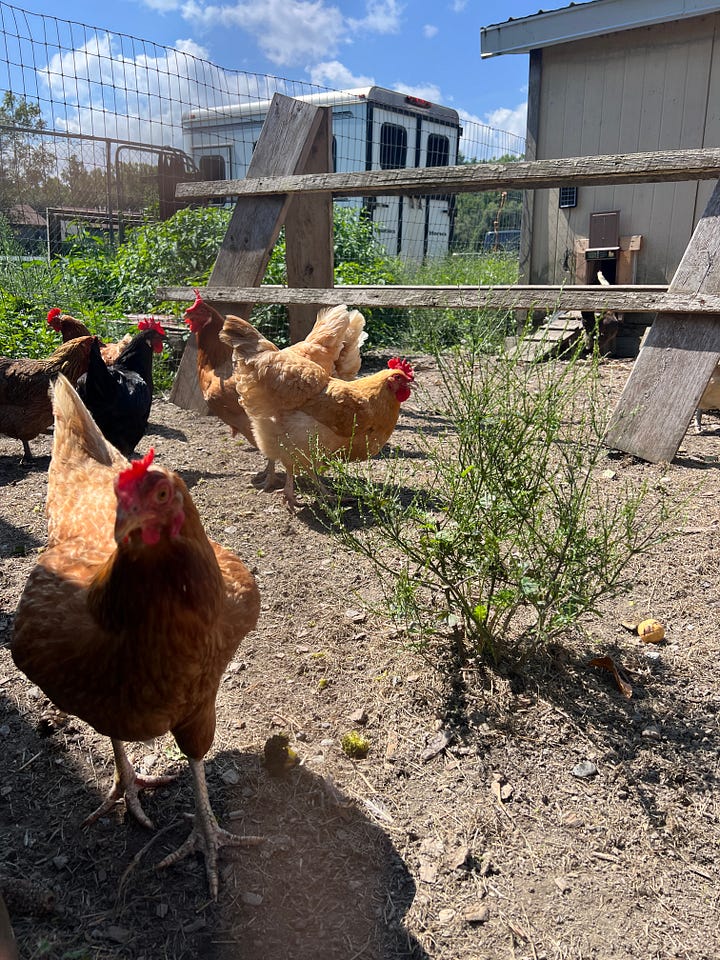

Part of this vision (which I admit appeals to me immensely) is living with animal companions. Animals are wise, knowing creatures, and the solace and understanding they bring to human life can be immeasurable. A close relationship to the Earth, which involves growing and harvesting, is also essential. Herbal medicines can communicate with us on a level unreached by synthetic medications. In his book “Plant Intelligence and the Imaginal Realm,” Stephen Harrod Buhner speaks of animism, or the belief that every being has a soul, as “humanity’s natural condition.” He writes about experiences in which “the boundary between self and other thins … sometimes it even disappears entirely,” and how in this closeness with nature one “[begins] then to see other life forms from their point of view.”
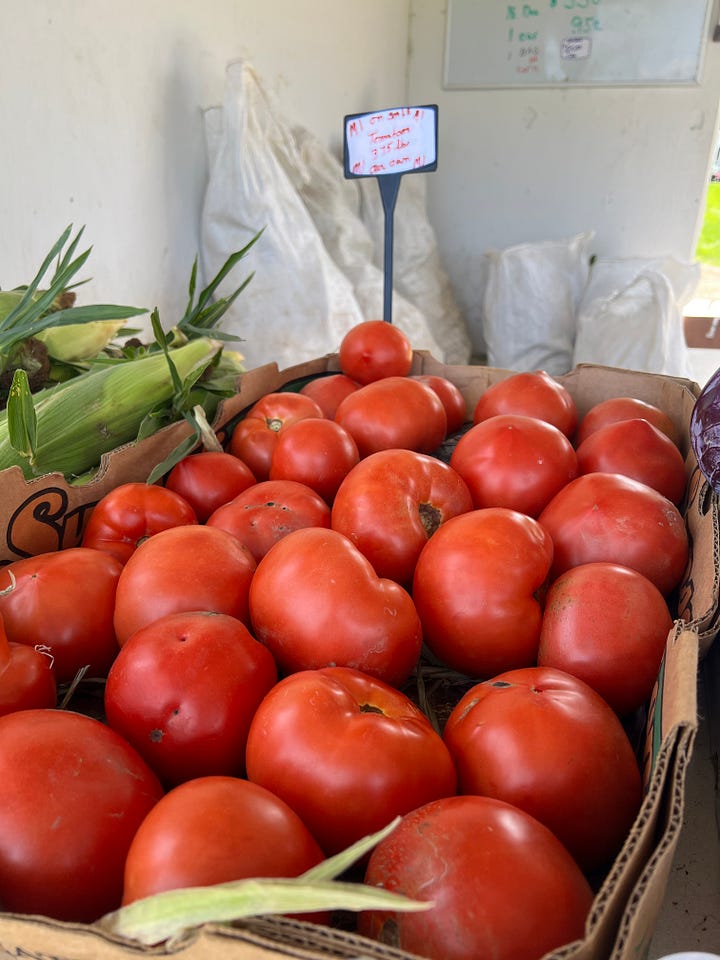
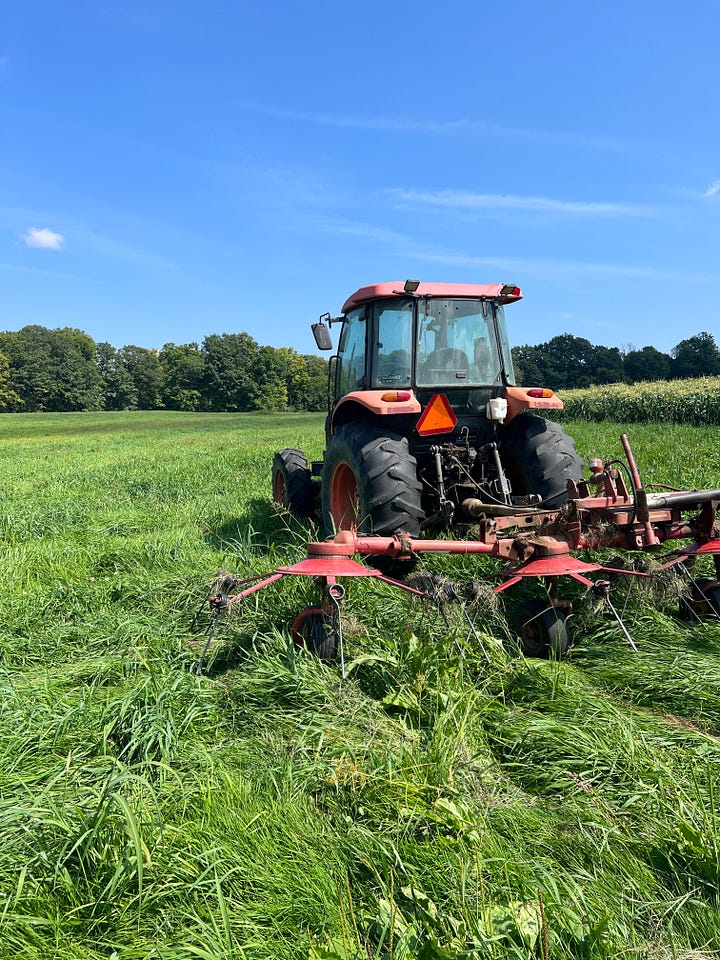
In the maelstrom of last month’s media comments on family — who has it, who should have it, and who can be derided for not having it — I took some time to revisit “The Animal Family” by Randall Jarrell. In this children’s book, which is the strange and mystical telling of a hunter who lives by the sea and falls in love with a mermaid, I found a moving passage on the difference between isolation and living with loved ones. Some time after the mermaid moves into the hunter’s home and they adopt first a bear cub, then a lynx, and then a human child, she reflects on how her former family (the sea people) think of her now:
…the one who lives with the animals. That’s what they called me. The one who lives with the animals … When I went back to them they were always so sure that this time I would stay.
She talks about her life before falling in love, when she lived in the sea, and her life after forming the family that has become everything to her.
Sometimes the sea’s rough, sometimes it’s calm, but down underneath it’s always the same. And life’s like that, there. Once when I’d lived with you for years and years I’d gone back to them, and the second day was the same as the first, and the third day was the same as the second, and I began to feel so [strange] inside, I wanted something. It was like being hungry, only I wasn’t hungry.
And then I knew how you feel when it rains and there’s nothing for you to do. I knew, but none of them knew. They don’t know how to be bored or miserable. One day is one wave, and the next day the next, for the sea people — and whether they’re glad or whether they’re sorry, the sea washes it away. When my sister died, the next day I’d forgotten and was happy. But if you died, if he died, my heart would break.
When it storms for the people, no matter how terribly it storms, the storm isn’t real — swim down a few strokes and it’s calm there, down there it’s always calm. And death is no different, if it’s someone else who dies. We say, ‘Swim away from it;’ we swim away from everything.
But on land it’s different. The storm’s real, here, and the red leaves, and the branches when they’re bare all winter. It all changes and never stops changing, and I’m here with nowhere to swim to, no way ever to leave it or forget it.
She finishes her story by stating unequivocally that the land is better. It seems to me that the sea, in this case, is a metaphor for life before a family of one’s own — or at least I can say that this correlates with my experience. Things are stable and calm, but it feels like something is missing. Falling in love and having children seems like an infinitely more colorful and potentially painful reality.
If ever I do move back to the country, I want everything that surrounds me to become kin. I don’t want to commit only to a man, I want to tether myself to the land, and the sky, and the grass, and the tomatoes, cats, geese, and back roads that surround us. This, to me, is family — the leaves that wave over our heads, and the breeze that whispers all will be well.




